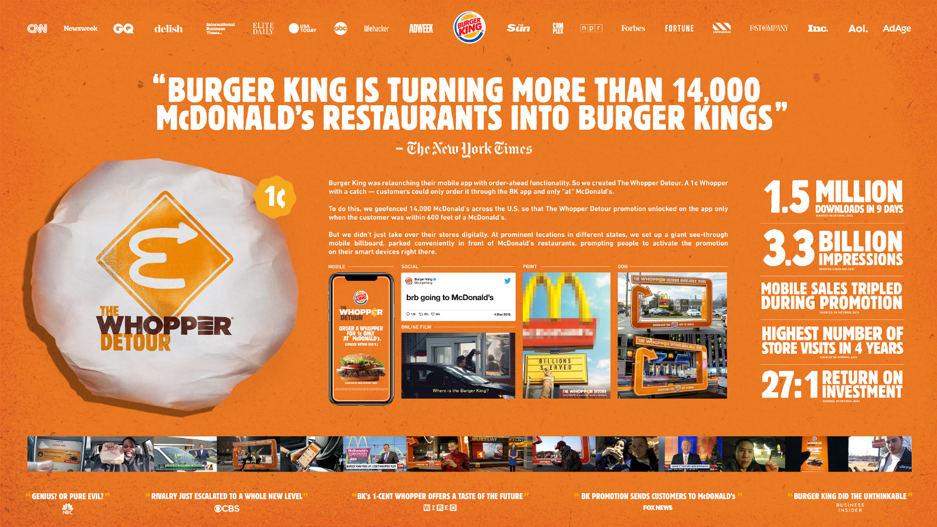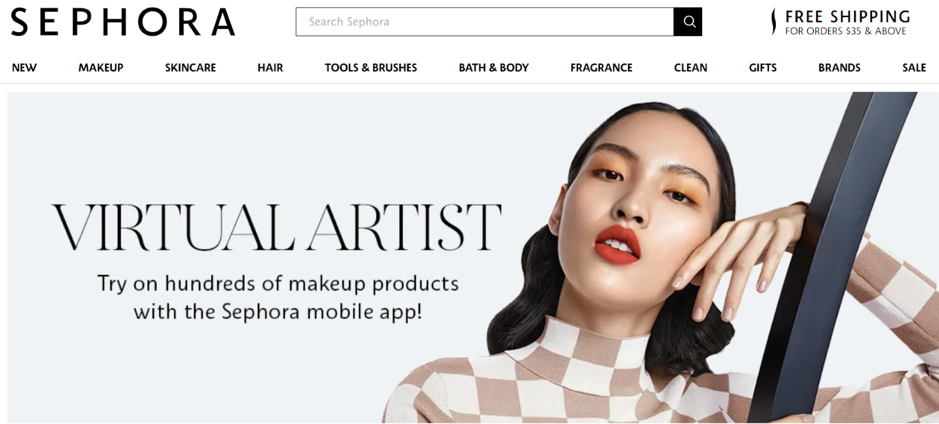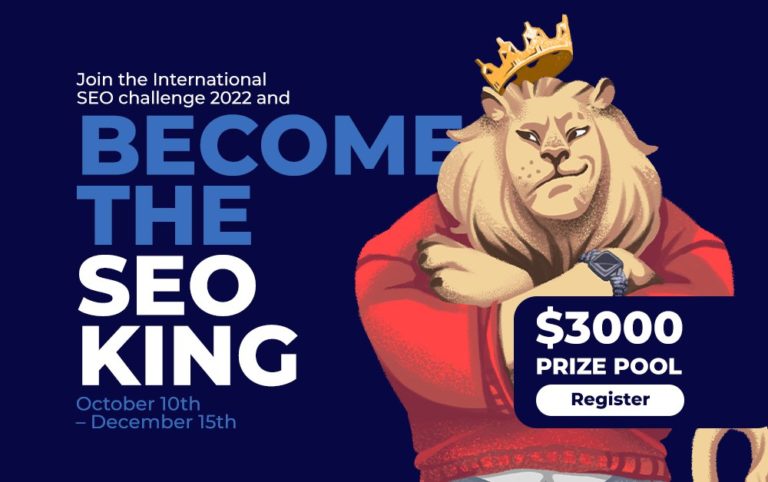Digital marketing is a field that changes every day. It’s like a treadmill that has more levels no matter how fast you run. And now we’re in the time of Generative AI that actually helps us create more content, forcing us to think of cooler and more creative ideas.
However, there are a lot of variables that go into a digital marketing campaign. We need to think about
- What will be our official brand messaging?
- At what times are we going to run ads or publish content?
- Who will see our advertisements?
- What will be our best offer?
- How much will it cost us?
Sounds like a lot of things to get right, doesn’t it? And it can be hard to know what the right answer is for each of these things.
Even though I’ve been working in this industry for nearly two decades, I still find these things challenging. I bet other people who do digital marketing feel the same way. My approach to such challenges has always been: why not learn from the people who are really good at it?
So, I got down to analyzing some of the best digital marketing campaigns of all time to see what made them so good. I also did the same with my peers in the industry – to find out what they did right and what they did wrong. The result is my recent book 55 Digital Marketing Masterpieces. It’s full of practical insights and analyses that I’ve amassed along the way.
In this article, I want to share with you five of my favorite examples from this book. These are digital marketing campaigns that have done really well and from which I learnt the most. They targeted the right channels, told great stories, were data-driven, used versatile content formats, and communicated the intended message to perfection. They had great results and set high standards that we should aim for. So, let’s take a look at these amazing digital marketing campaigns.
Squatty Potty: This Unicorn Changed the Way I Poop
Video marketing campaigns are on the rise. Only because video is arguably the most popular content format that gets you maximum reach for your brand. One brand which leveraged video amazingly before everyone else is Squatty Potty.
Squatty Potty, a startup company that sells toilet footstools, wanted to increase brand awareness and boost sales. They created a video campaign featuring a unicorn that defecated rainbow ice cream. It was a great, witty way to demonstrate how using Squatty Potty can improve bowel movements.
Needless to say, it went viral and garnered 40 million views, leading to a 600% increase in sales for Squatty Potty. The use of humor on a usually disgusting subject and sharing it on a popular social media platform helped the brand gain attention and increase its reach manifold.
More videos from Squatty Potty: https://www.squattypotty.com/pages/videos
Burger King: The Whopper Detour

Technology is helping marketing scale new levels with every passing day. Burger King is a brand that is at the top of the tech marketing game. Now, you might have seen some great Burger King ads over the years but “The Whopper Detour” was a game changer in the true sense of the word.
Burger King wanted to increase foot traffic to their restaurants to compete with McDonald’s. they created an app that offered customers to get their flagship burger (the Whopper) for just a cent – but only if they were within 600 feet of a McDonald’s. The goal was to encourage customers to use their app and lure them from the competitor’s restaurant to their own instead.
The campaign generated 1.5 million app downloads, 3.3 billion impressions and increased foot traffic to Burger King restaurants. The clever use of geolocation technology helped Burger King take on their primary – and much bigger – rival McDonald’s.
It landed Burger King The One Show’s “Gold Pencil award” – one of the world’s most prestigious award shows in advertising, design and digital marketing – in the “Innovation in Integrated Branding” category.
Details of the campaign: https://www.oneclub.org/awards/theoneshow/-award/32581/the-whopper-detour
Glossier: Body Hero
Influencer marketing is the go-to strategy for the fashion industry. Fashion, apparel and beauty brands rely heavily on influencer marketing to reach new and impressionable audiences.
Glossier is one of those brands that have seamlessly combined influencer marketing with user generated content (UGC). When they wanted to launch their new body care line “Body Hero,” and promote a positive body image and messaging, Glossier collaborated with model and influencer Paloma Elsesser (among other prominent women) to promote the line on her social media accounts.
Elsesser posted several photos and videos using the product and promoting body positivity. Glossier also encouraged customers to post their own images on Instagram with the hashtag #bodyhero. It wasn’t just lip service – Glossier actually planned to republish and use these photos.
The campaign generated over 30,000 posts with the hashtag #bodyhero (5000 in the first 10 days) and received more than 5 million impressions. The product sold out within two months of its launch.
Details of the campaign: https://wevetoblog.wordpress.com/2017/10/23/case-study-glossiers-body-hero-duo-campaign/
Paloma Elsesser’s take: https://www.glamour.com/story/paloma-elsesser-being-fat-not-something-to-be-ashamed-of
Sephora: Virtual Artist

Whether it is social media, news, gaming or ecommerce, the use of smartphones has turned consumer behavior on its head. And this radical change happened in less than a decade.
Some brands have this uncanny knack of coming up with the right marketing strategies for any new digital channel and Sephora is one of them.
Sephora wanted to create an interactive and engaging shopping experience for their customers, particularly for their makeup and beauty products. They launched a mobile app with augmented reality (AR) technology to allow customers to try on makeup virtually. The app uses the customer’s front-facing camera to overlay the makeup on their face and seamlessly applied filters for trying out different colors and styles.
The app got instant mass adoption and raving feedback from customers for its innovative use of technology. It brought the whole warehouse to every girl’s pocket. Obviously, sales went through the roof.
By using mobile SDKs and AR technology, Sephora was able to not only create a unique and memorable shopping experience, but also induce long-lasting customer engagement and brand loyalty.
Sephora’s app download page: https://www.sephora.sg/pages/virtual-artist
Lemonade: Data-Driven Insurance
Lemonade is a digital insurance company that uses analytics to personalize insurance policies and detect fraud. Lemonade’s USP was creating personalized insurance policies for customers using big data. These policies were tailored to each customer’s specific risk profile and preferences, as opposed to traditional, one-size-fits-all policies.
The campaign involved creating a user-friendly online platform and mobile app, where customers could easily enter their information and get a personalized insurance quote. Lemonade collected customer data on demographics, property ownership, and previous insurance claims. They fed this data into algorithms that would analyze the customer’s risk profile and create personalized insurance policies.
Lemonade was successfully able to optimize the policy buying experience, resulting in high levels of customer satisfaction and of course revenue growth.
Over to You
So, here are my top 5 learnings from these campaigns.
- No matter what your product is, if you have a creative mindset, then you can leverage social media to make your brand story viral.
- Smart use of technology in marketing can help you get a competitive advantage.
- Partnering with influencers who share the same values and message as the brand can lead to more authentic connections with the target audience. Combine influencer marketing with UGC to generate additional buzz and engagement.
- Combining AR with smartphones and other devices creates a blended approach that differentiates your brand and keeps your audience engaged.
- Customers today expect personalized experiences in all brand interactions and data analytics can help businesses deliver on this expectation.
I also want to know what tips and tricks YOU have to increase reach, engagement and conversions in your digital marketing campaigns. Let’s discuss in the comments!




![Real Estate Link Building [2025]](https://serpzilla.com/blog/wp-content/uploads/2024/03/The-Best-Real-Estate-Link-Building-Strategies-for-2024-1.png)


